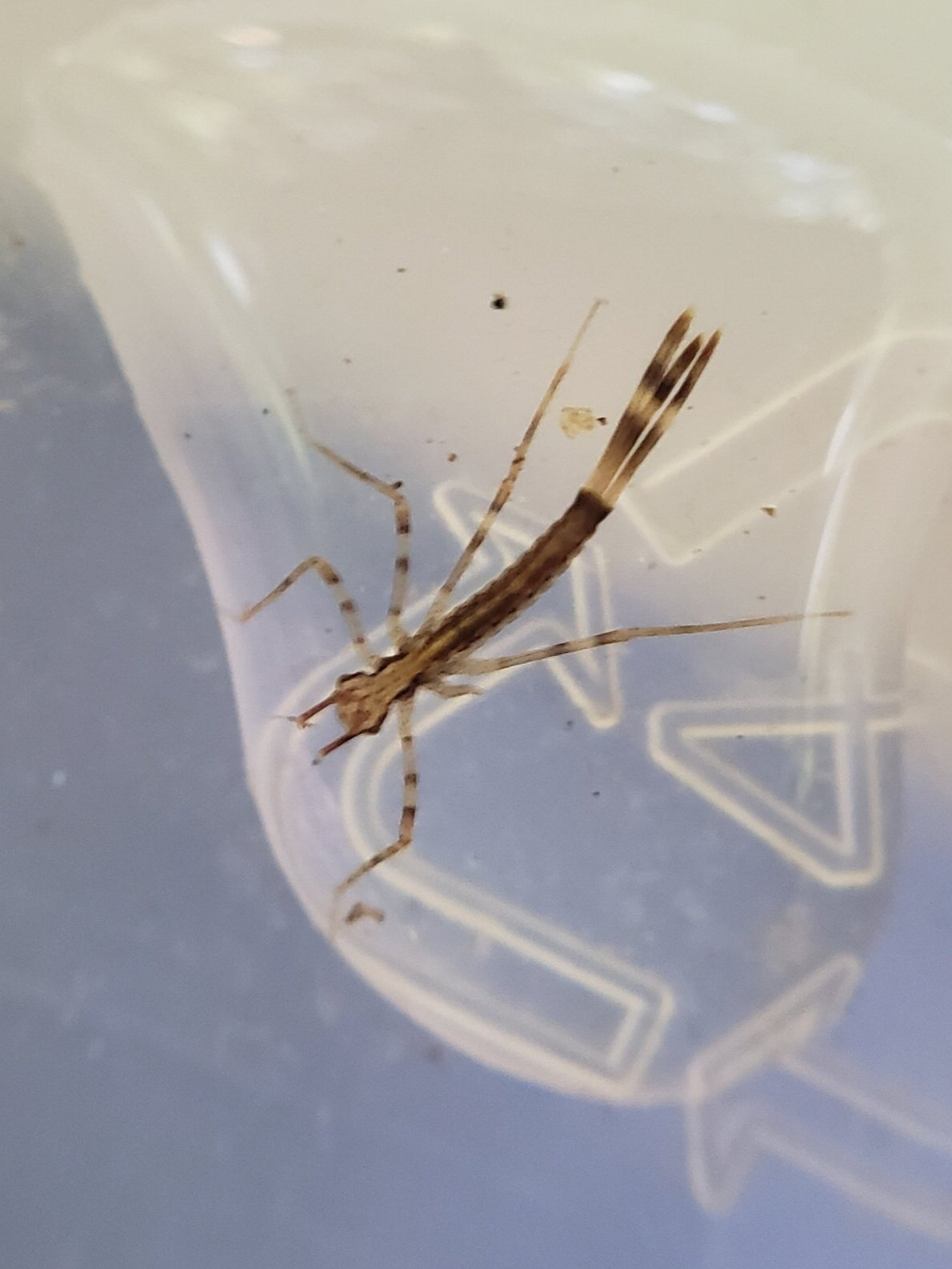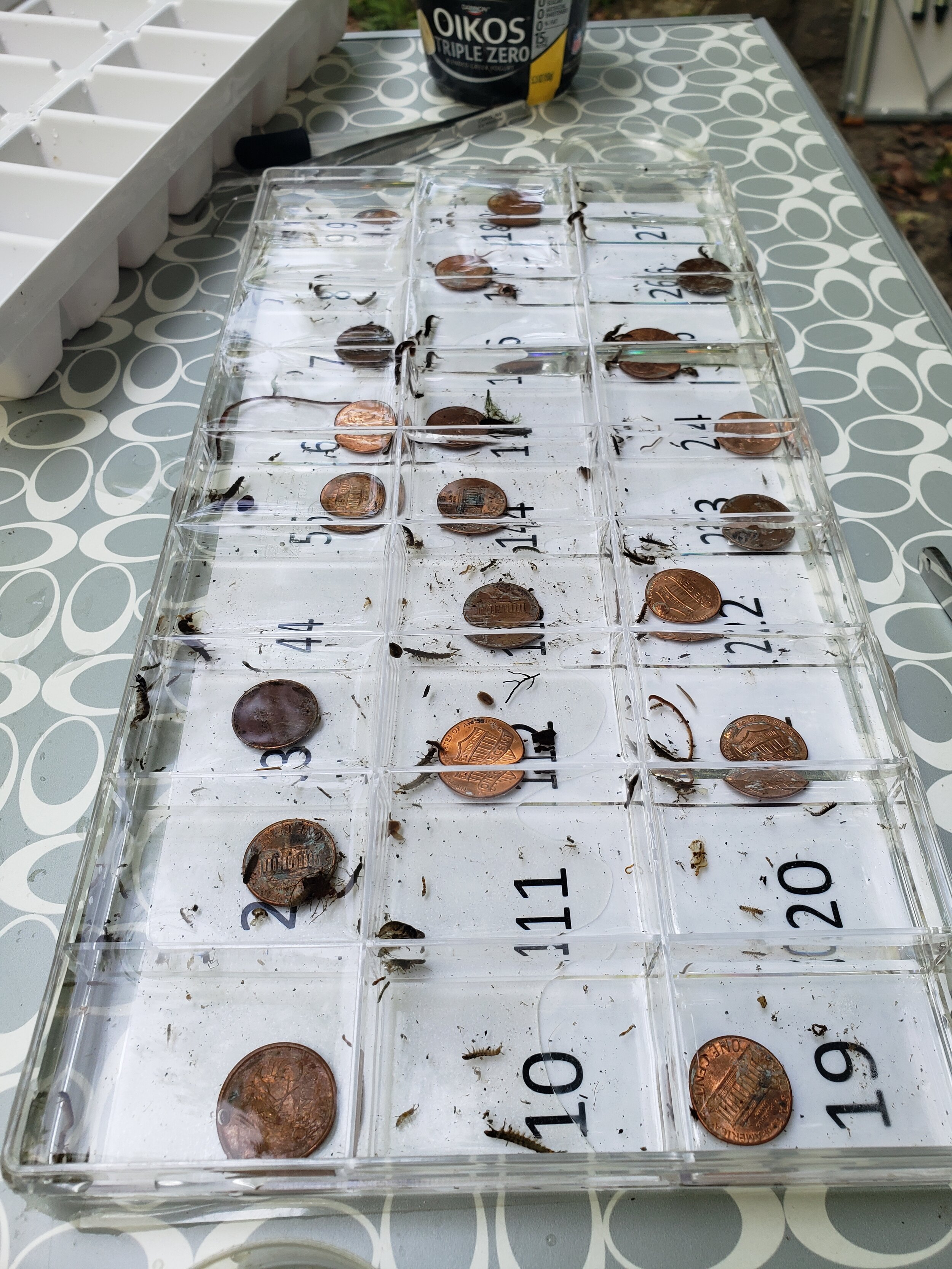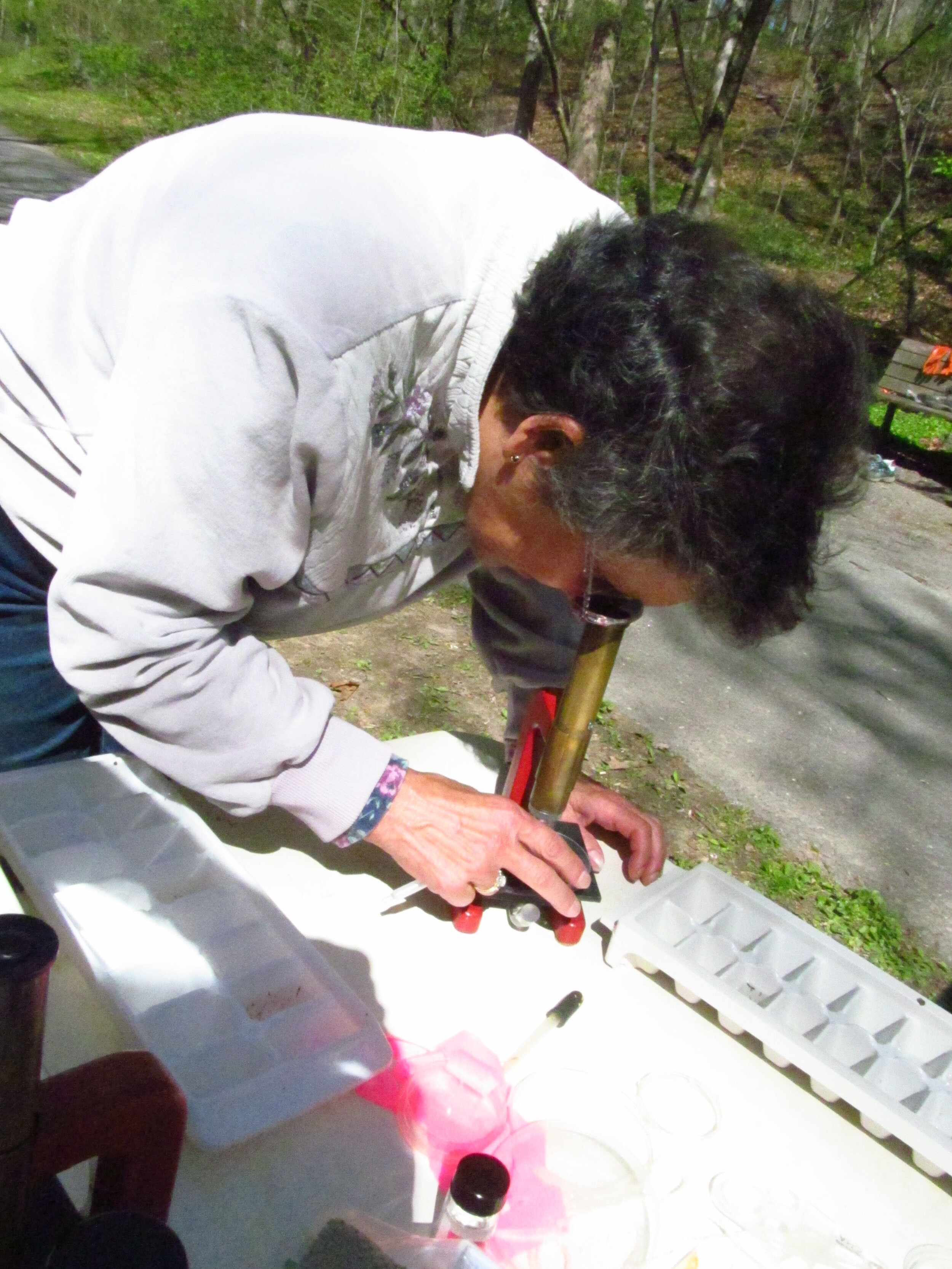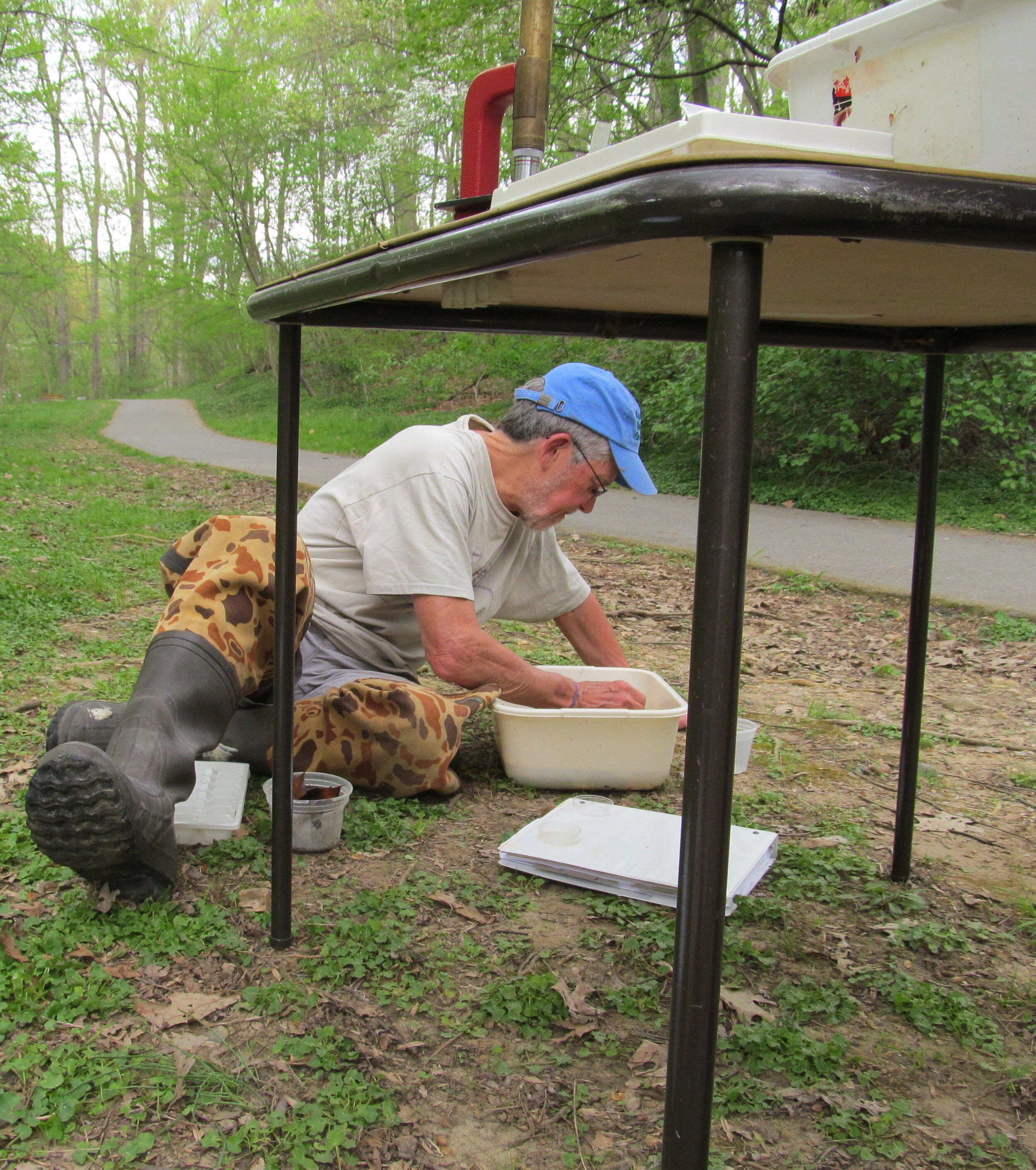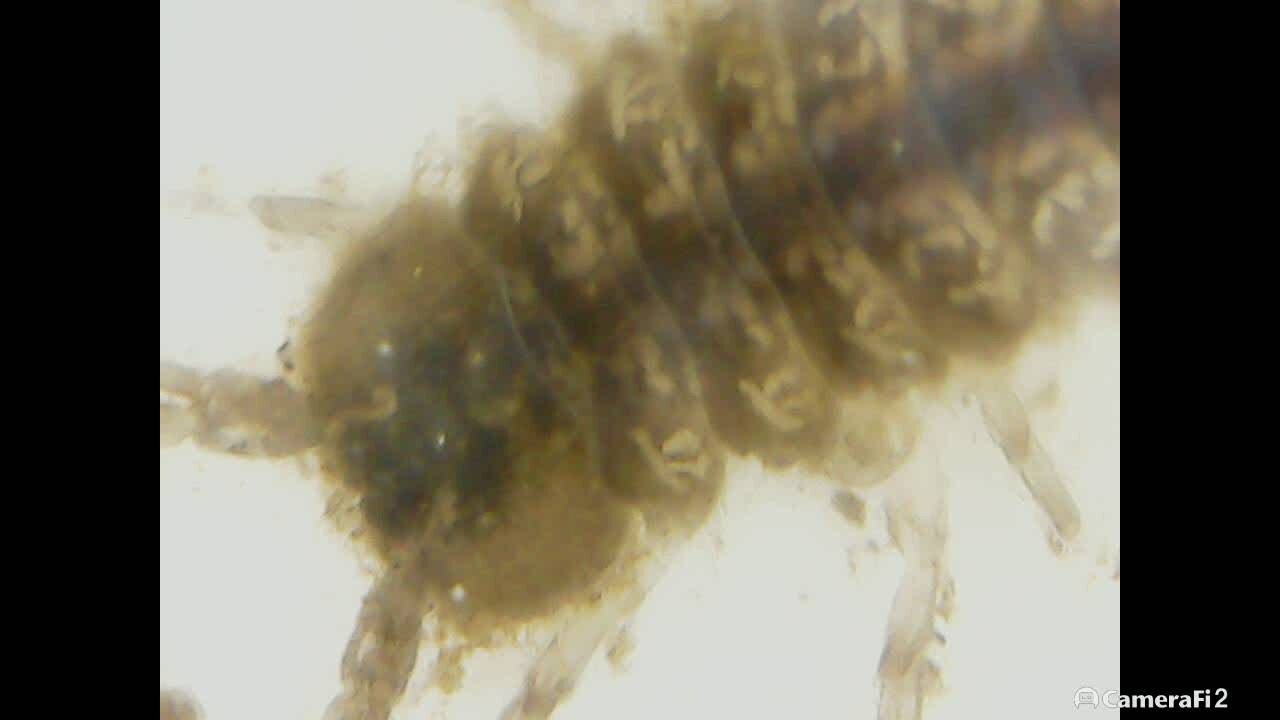July 19, 2020
Report from the field:
A big shout out to Kevin, Sara, and Colette for running a SAFE, efficient and successful monitoring today! We even were able to do a little "education" by letting people "look, but don't touch", at our collection box before actual counting started.
The actual count was 106, with all the usual suspects - special thanks to Kevin for find 3 very young damsels. Using Gregg P. Stream Health Scoresheet we got our usual 7 for diversity and a 1 for habitat. The stream was very low of course. Thanks to the cover we have there the water temp was still 66.2 F. One disturbing # - the Salt Count was 180 PPM. Extremely high for this time of year. Thoughts?
Last year, for those that monitored in the summer, we monitored on July 11 and did not even hit 100! According to my notes we had had flooding the week before and the creek was pretty well scoured out.
Frank
Unfortunately, our creek is rated poor. The “usual suspects” include pollution sensitive macro-invertebrates like caddis fly larva, black fly larva (pictured below bottom row right), midges, crane fly larva, sow bugs (pictured below bottom row middle). aquatic worms and leeches. There are some surprises, though, like the tiny damsel fly pictured below on the top left and many very small mayflies.
Why the “Poor” Rating?
There are no chemical plants or paper mills to pollute the Little Falls Branch. In fact, the chemical content of the creek is not bad. Instead, the creek suffers from silting, erosion and flooding. Excess stormwater flows off hard surfaces, into the gutters and down the storm drain system where it dumps directly into the creek. So much run-off in each storm is too much for the creek and causes the banks to erode. The dirt from the erosion falls into the creek and covers the rocks that are home for the macro-invertebrates. And with their houses buried in the dirt, there can be no macro-invertebrates.
You can help improve the health of the stream by managing stormwater on your properties. Learn more about stormwater management at RainScapes.org.
About our Stream Team
Our stream monitoring team works in partnership with Audubon Naturalist Society and follows their protocols. The data is reported to Audubon Naturalist Society where it is entered into their data base that tracks stream conditions in Montgomery County. Visit HERE to learn more.
From ANS website:
Teams of volunteer monitors visit stream sites in April, July, October, and optionally during the winter. They conduct habitat assessments and collect and identify “benthic macroinvertebrates,” small organisms that live in the streams. Because these organisms exhibit a range of sensitivities to pollutants and stressors, they help us determine the streams’ health. Our program is distinct in that our monitors identify aquatic insects to the taxonomic level of family. This gives us a clearer picture of aquatic diversity and stream health than more general identification practices. Our program is also unique in that monitors learn to identify the organisms in the field and then release them alive, rather than preserving them in alcohol and sending them to a lab for identification.
If you are interesting in helping us keep track of the macro-invertebrates and other aquatic creatures that live in the Little Falls Branch, please email Sarah Morse at stormwater@LFWA.org.
Training is not necessary but most of our team members have been trained by ANS in a 16 week course. LFWA will pay the training fees for anyone who commits to monitoring our creek. Information about the ANS program is HERE.

